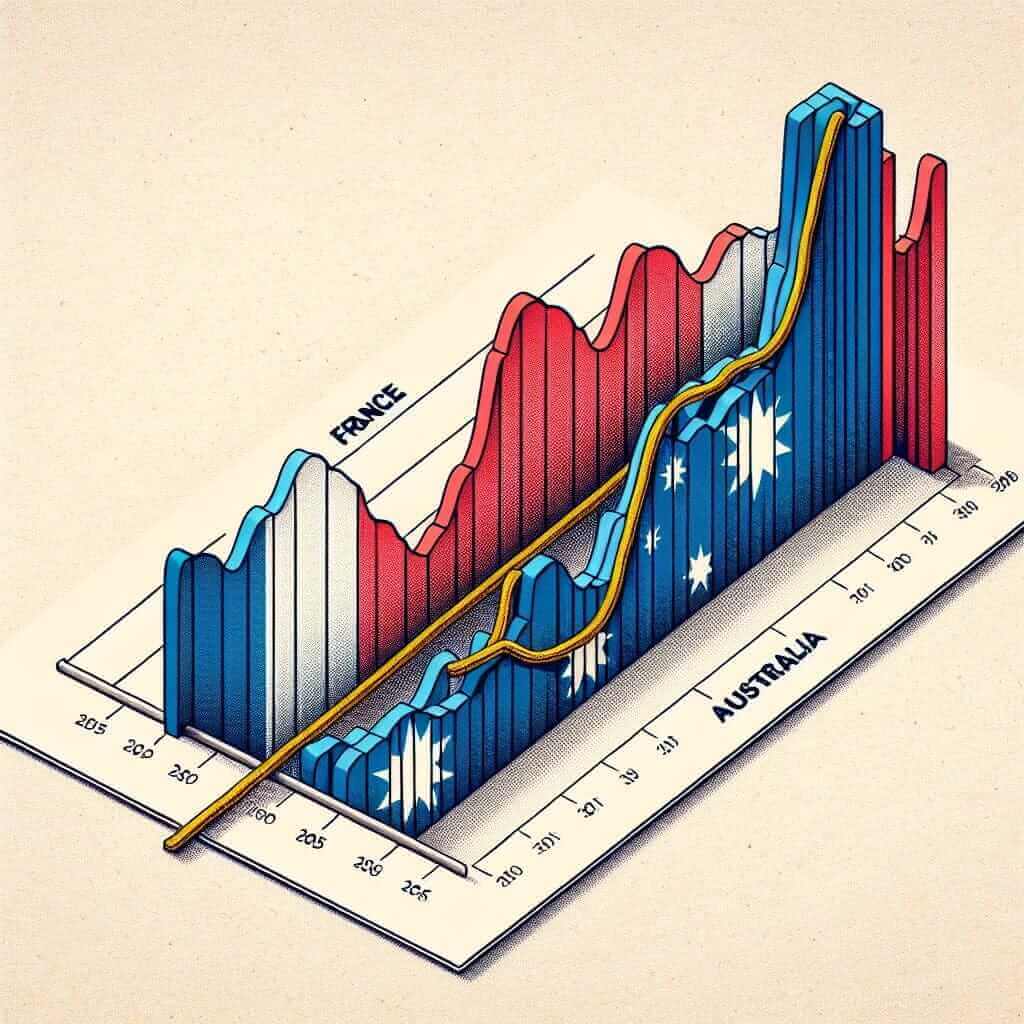As a seasoned IELTS instructor with over two decades of experience, I understand the significance of a well-crafted overview in IELTS Writing Task 1. A strong overview provides a clear roadmap for your response, demonstrating your ability to analyze and summarize key features effectively. Let’s delve into how to write an overview that impresses examiners and boosts your score.
What is an Overview in IELTS Writing Task 1?
The overview is a concise summary of the main trends, patterns, or changes presented in the visual data (graph, chart, table, diagram, or map). It should be a standalone paragraph, ideally placed after the introduction but before the detailed description. Remember, the overview is not about listing every detail; it’s about capturing the big picture.
Crafting Your Winning Overview: A Step-by-Step Guide
Here’s a breakdown of how to write a powerful overview:
1. Identify the Key Features
Carefully examine the visual information provided. What are the most significant trends, changes, or comparisons? Focus on the most striking information that stands out.
For example, if the graph shows sales figures for different products over time, your key features might include:
- The product with the highest overall sales.
- Any noticeable upward or downward trends.
- Any significant differences in sales between products.
2. Generalize the Information
Avoid specific details (like exact numbers) in the overview. Instead, use language that generalizes the trends. For example, instead of saying “Sales of product A increased by 25%,” you could say “Product A showed a substantial increase in sales.”
3. Use Appropriate Vocabulary and Sentence Structures
Utilize a range of vocabulary to describe trends (e.g., increase, decrease, fluctuate, peak, plateau, remain stable). Use linking words and comparative structures to connect your observations (e.g., “while,” “whereas,” “in contrast,” “similarly”).
4. Keep it Concise
Aim for 2-3 sentences, ensuring you cover the main features without delving into specifics.
Illustrative Example: From Data to Overview
Let’s say the IELTS Task 1 presents a line graph showing the number of tourists visiting two different countries (France and Australia) over a period of 10 years.

Possible Overview:
“The graph illustrates the trends in tourist numbers for both France and Australia over a decade. Overall, France consistently attracted a higher number of tourists compared to Australia. While both countries experienced some fluctuations, France saw a steady rise in tourist arrivals, whereas Australia’s figures remained relatively stable throughout the period.”
Top Tips for a Stellar Overview:
- Don’t include your opinion or any outside information. Stick to objectively summarizing what’s shown in the visual data.
- Avoid describing every single detail. Focus on the most important trends.
- Proofread carefully for grammar, spelling, and vocabulary errors.
Conclusion
Mastering the art of writing an effective overview is crucial for excelling in IELTS Writing Task 1. Remember, practice makes perfect. By following these guidelines and analyzing sample tasks, you’ll be well-equipped to write clear, concise, and impressive overviews that contribute to a high band score. Good luck!